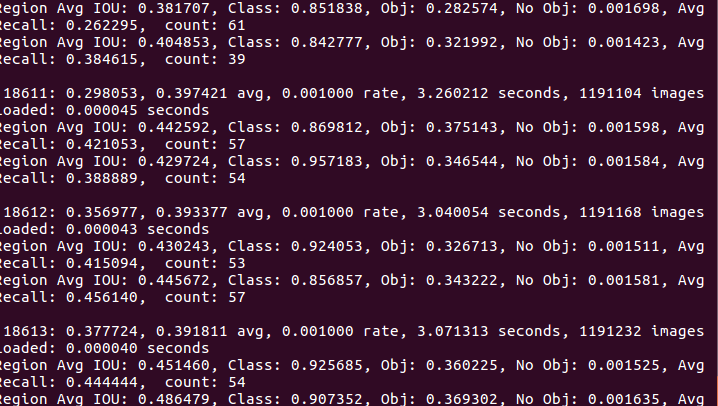Hi,
-
How to train tiny-yolo: https://github.com/AlexeyAB/darknet#how-to-train-tiny-yolo-to-detect-your-custom-objects
-
How to train (to detect your custom objects): https://github.com/AlexeyAB/darknet#how-to-train-to-detect-your-custom-objects
-
How to train (Pascal VOC Data): https://github.com/AlexeyAB/darknet#how-to-train-pascal-voc-data

Hello, I want to train tiny YOLO on my own dataset. How can I train it?
Thank you,